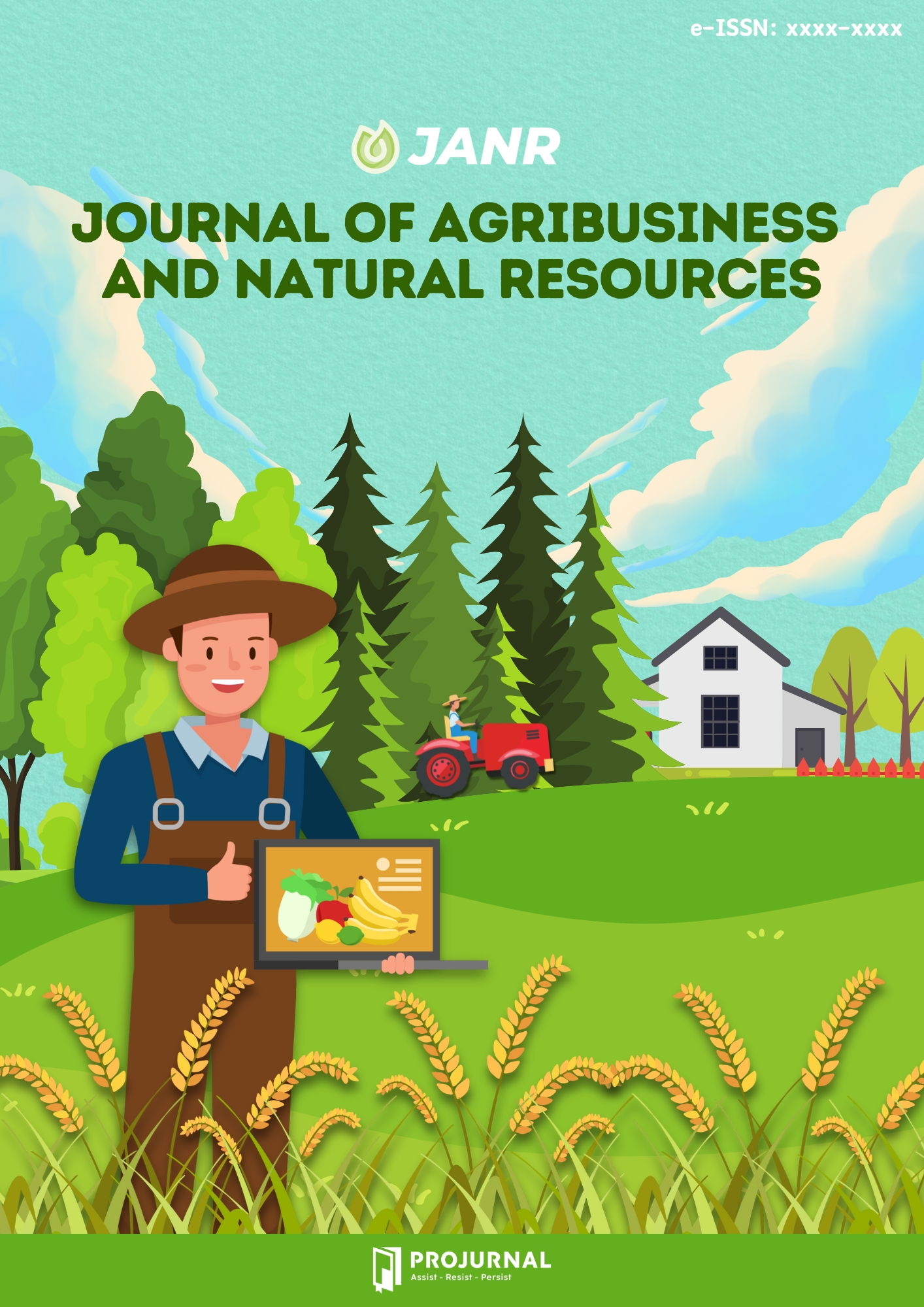An Assessment of Soil Fertility and Capability Potentials of Derived Savanna Landscapes in Delta State: Implication of Suitability for Arable Farming
Main Article Content
Edewor Akpezi Okiemute*
This research paper examined the soil fertility and capability potentials of derived savanna landscapes in Delta State: implication on suitability for food security. The derived savannas of Delta State are vegetation with peculiar land cover because they are adjudged as alien vegetation that exists within the rainforest which is outside the domain of “savanna” grasslands which occurs in the middle belt as Guinea savanna Sudan and Sahel savanna in northern Nigeria. They are termed derived savannas because they are environmental derivatives of anthropogenic disturbances and other factors of nature within the rainforest. Over the years, the derived savannas have either been marginalized, idle or underutilized, as they are either touched by wild bush fires, during the dry seasons or flooded during the wet seasons. The assessment of the soil fertility and capability status of the derived savanna therefore confirmed that they are rich in major soil parameters such as organic carbon content, nitrogen, potassium and others. They are also suitable for hydrotolerant plants. The study justified the derived savanna of Delta State as having the fertility and capability potential to support sustainable ventures for arable farming and general agricultural land use. This is especially true for short-term crops that can mature before the annual flood regime. Also, their usage for arable farming practices will ameliorate food insecurity in the area based on the recommendation of the soil suitability for arable farming.
Adebayo, P. F., & Ojo, E. O. (2012). Food security in Nigeria: An overview. European Journal of Sustainable Development, 1(2), 199.
Alakpodia, J. I. (2000). The environment of the Niger Delta. Readings in General Studies, Nigerian People and Culture.(Pp190-203) About Research Pub.
Ariyo, A., Ajayi, J., Busari, A., Fakorede, E., & Fase, T. (2021). Evaluation of Cow Bone Ash (CBA) as Additives in Stabilization of Lateritic and Termitaria Soil.
Aweto, A. O. (1987). Vegetation and soils of the savanna enclaves of Urhobo plains, south-western Nigeria. Catena, 14(1–3), 177–188.
Aweto, A. O., & Areola, O. (1979). Soil-plant inter-relationships during secondary succession in the forest zone of Nigeria in Okali, DUU. The Nigerian Rainforest Ecosystems, 243–261.
Cole, M. M. (1986). The savannas, biogeography and geobotany.
Evans, G. (2012). Deltas: the fertile dustbins of the continents. Proceedings of the Geologists’ Association, 123(3), 397–418.
Fajobi, T. A., Raheem, O. A., & Olajide, F. (2023). Food is inevitable but the land is mismanaged: exploring the impacts of local actors utilization of land resources on food security in Nigeria. GeoJournal, 88(1), 971–984.
Javed, A., Ali, E., Afzal, K. B., Osman, A., & Riaz, S. (2022). Soil fertility: Factors affecting soil fertility, and biodiversity responsible for soil fertility. International Journal of Plant, Animal and Environmental Sciences, 12(1), 21–33.
Miller, R. W., & Donahue, R. L. (1990). Soils: an introduction to soils and plant growth. (Issue Ed. 6).
Obayelu, A. E., Edewor, S. E., Ogbe, A. O., & Oyedepo, E. O. (2024). Assessment of Agricultural Trade Flow and Food Security Status: Evidence from Nigeria. Agriculturae Conspectus Scientificus, 89(2), 175–186.
Okiemute, E. A., & Orovwigho, A. A. (2021). Study of Soil Management for Cassava Production in Isoko, Delta State Nigeria.
Orowhigo, A. A. (2021). Distribution and Accessibility of Road Networks to Educational Facilities in Delta State: Transport Geographical Appraisal. International Journal of Research in Social Science and Humanities (IJRSS) ISSN: 2582-6220, DOI: 10.47505/IJRSS, 2(5), 1–19.
Peters, C. M., & Mundial, B. (1996). The ecology and management of non-timber forest resources (Vol. 322). World Bank Washington, DC.
Sanchez, P. A., Couto, W., & Buol, S. W. (1982). The fertility capability soil classification system: interpretation, applicability and modification. Geoderma, 27(4), 283–309.
Stockdale, E. A., Goulding, K. W. T., George, T. S., & Murphy, D. V. (2013). Soil fertility. Soil Conditions and Plant Growth, 49–85.









